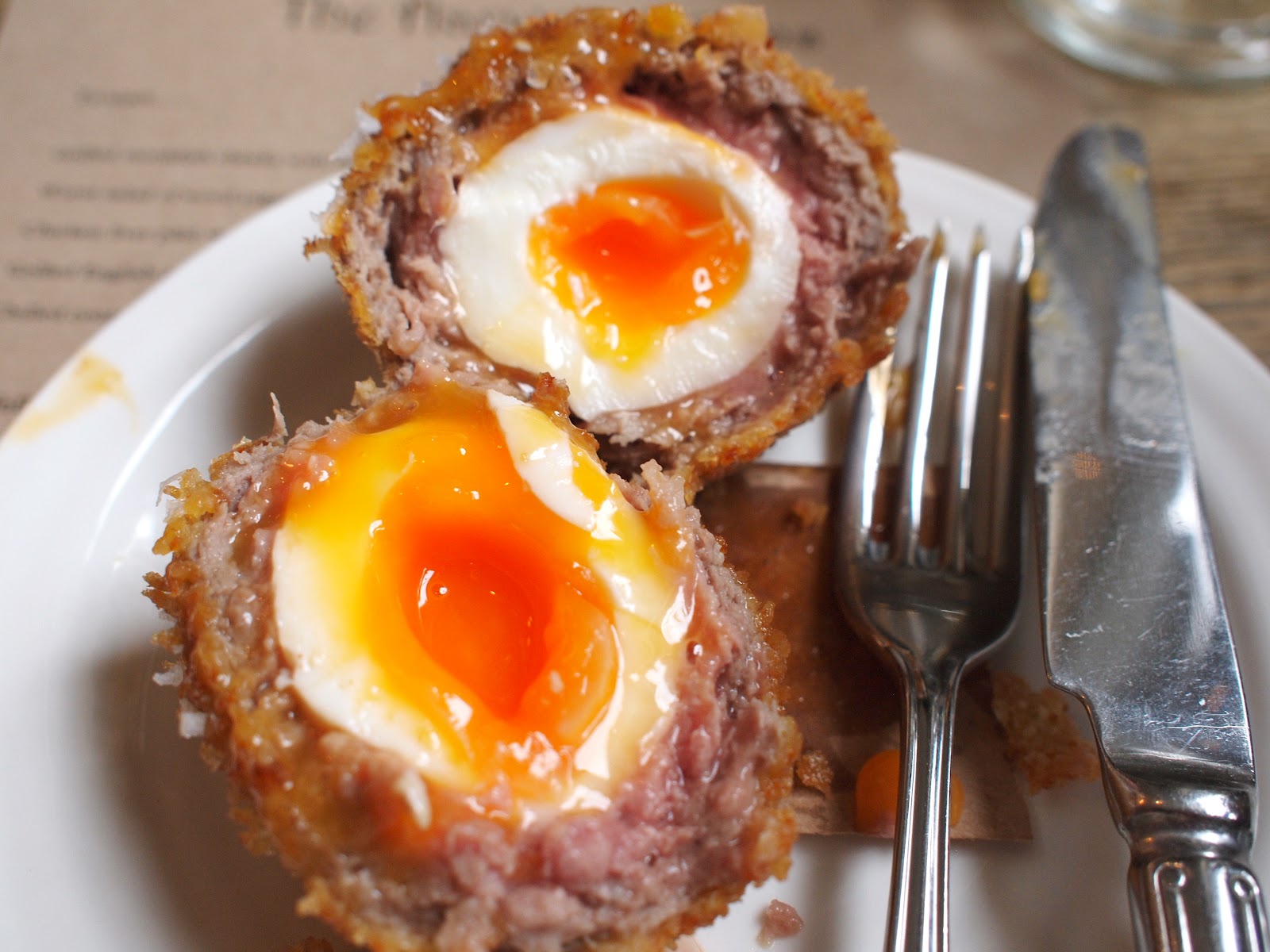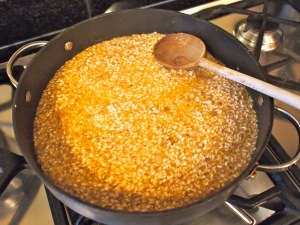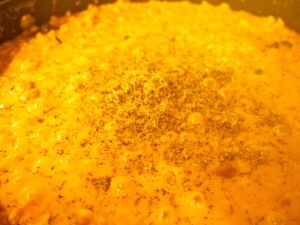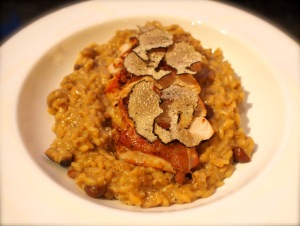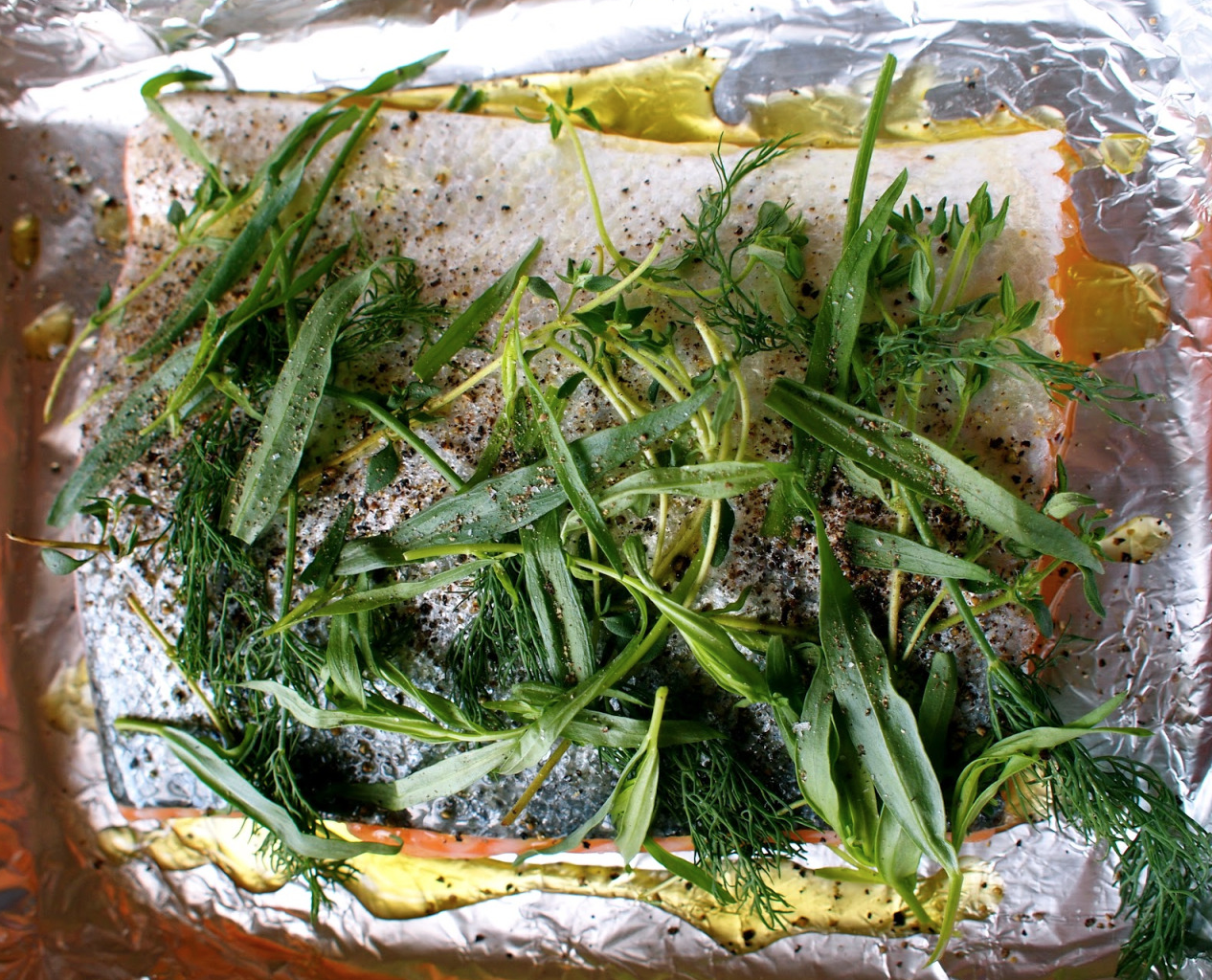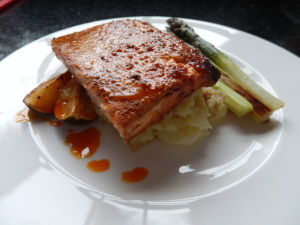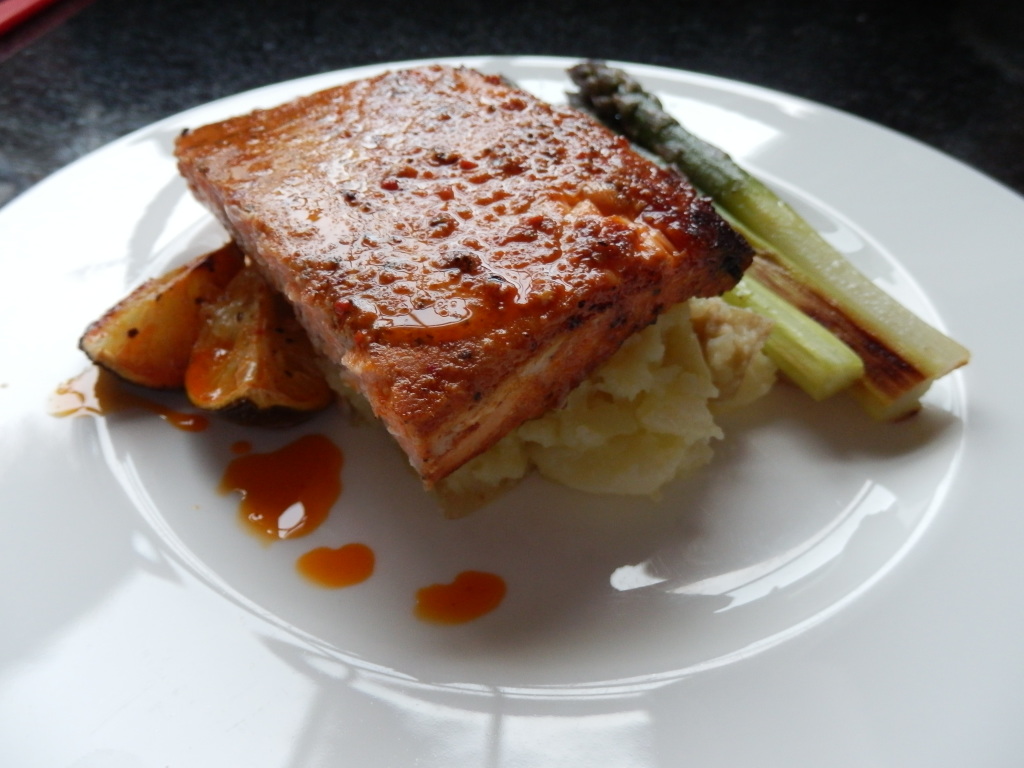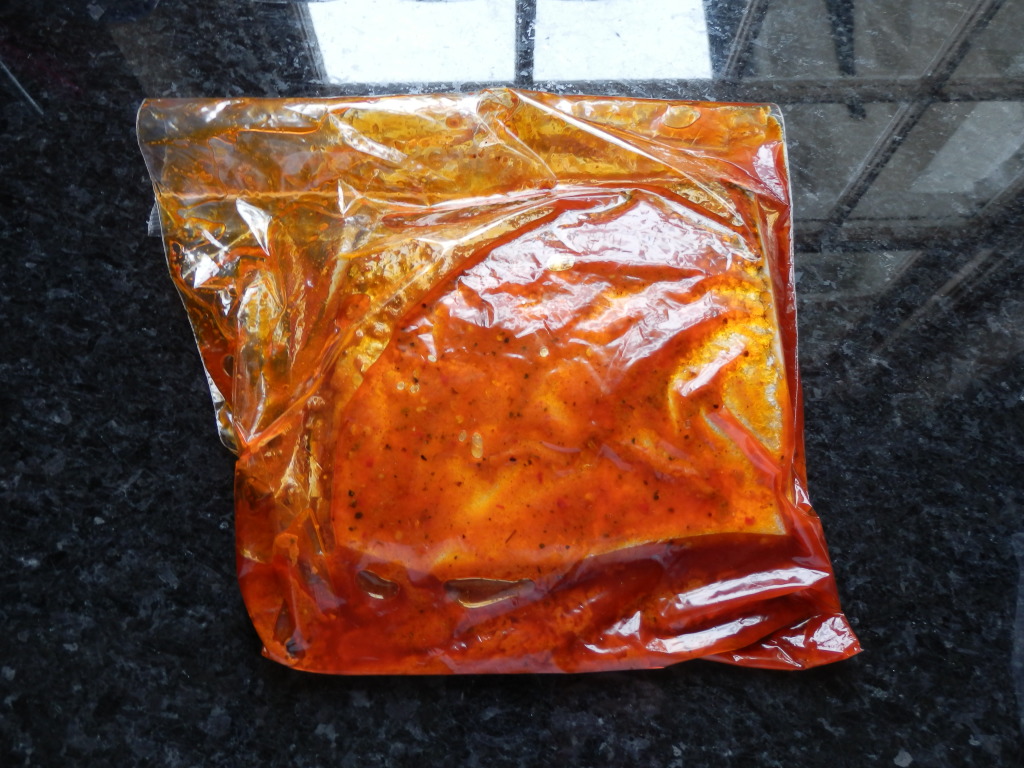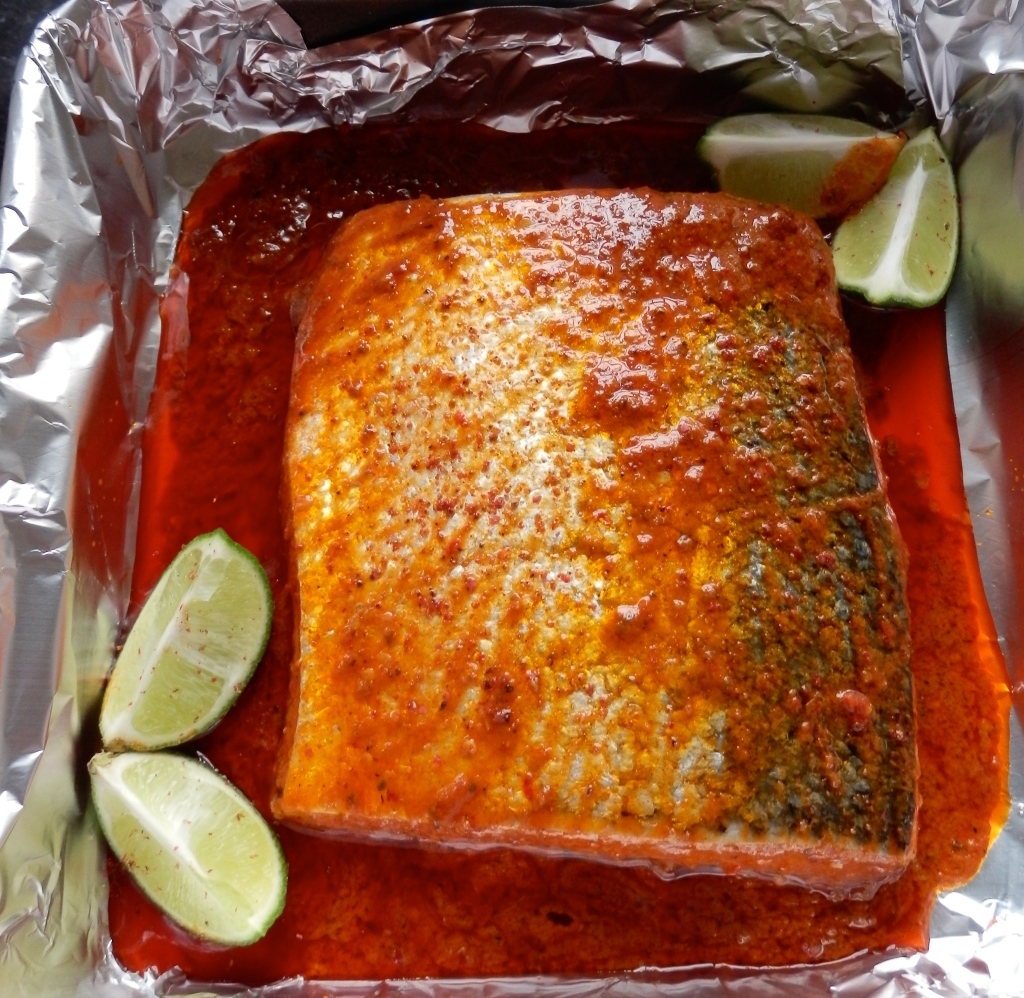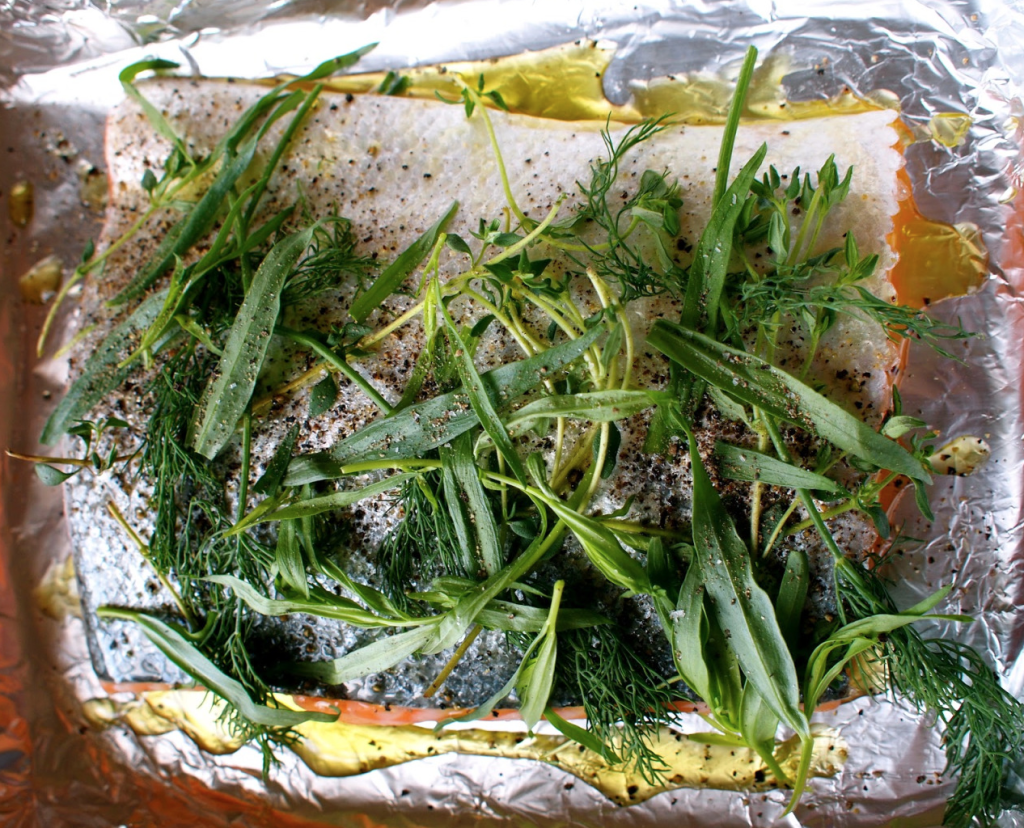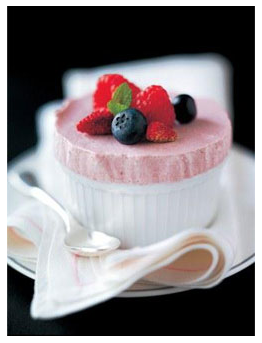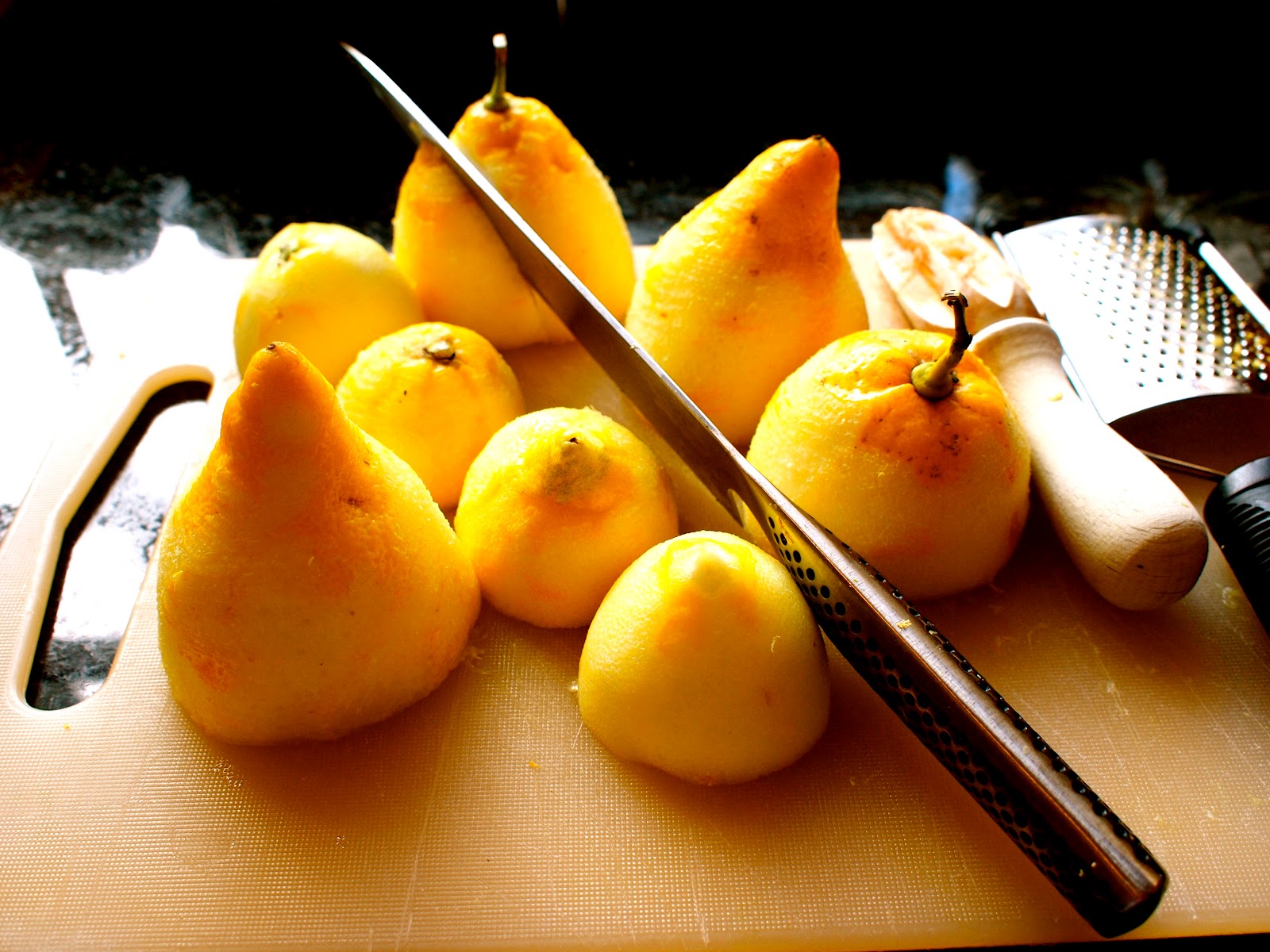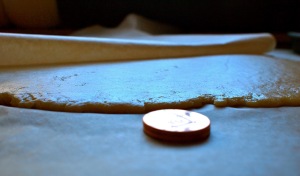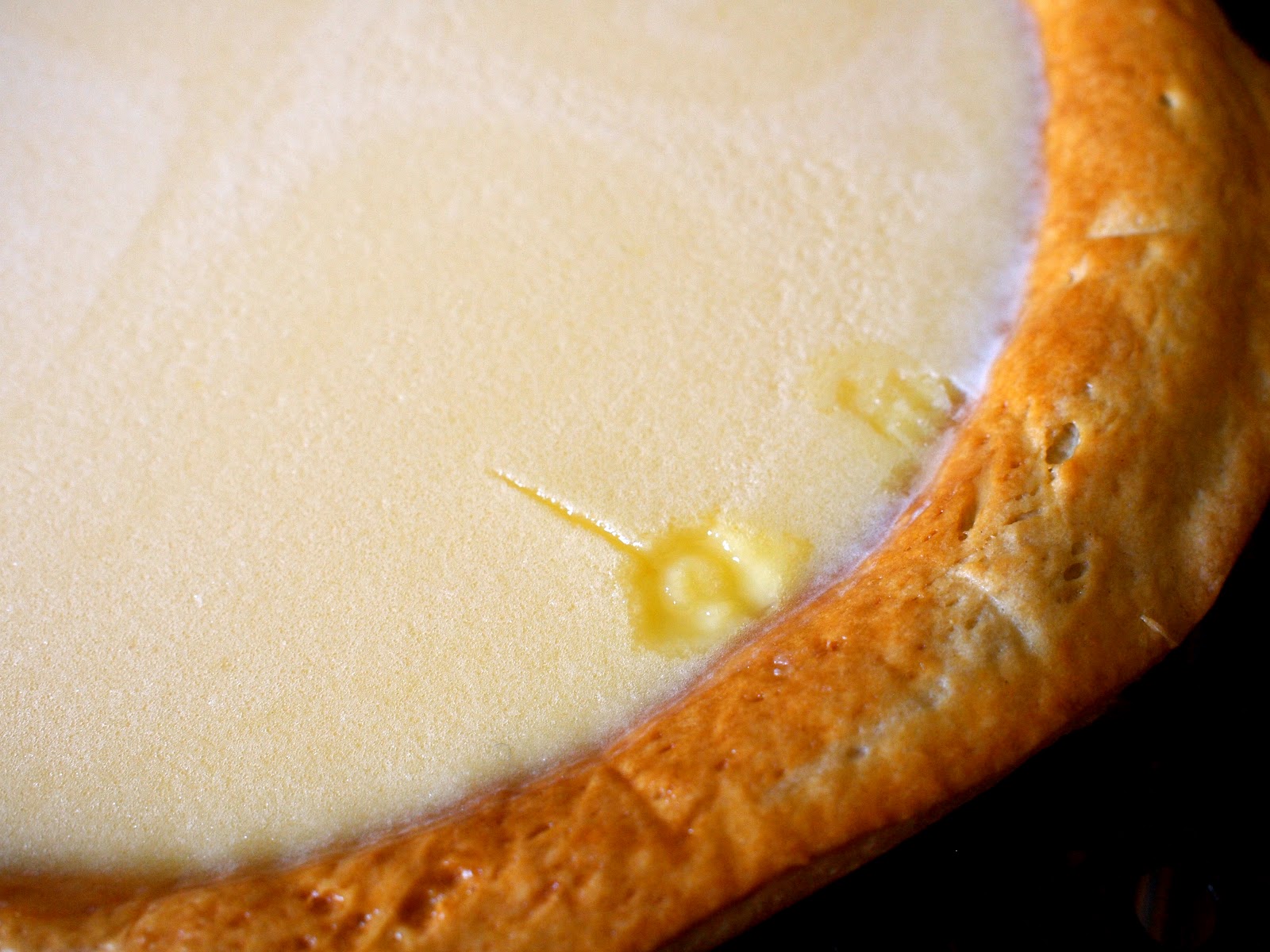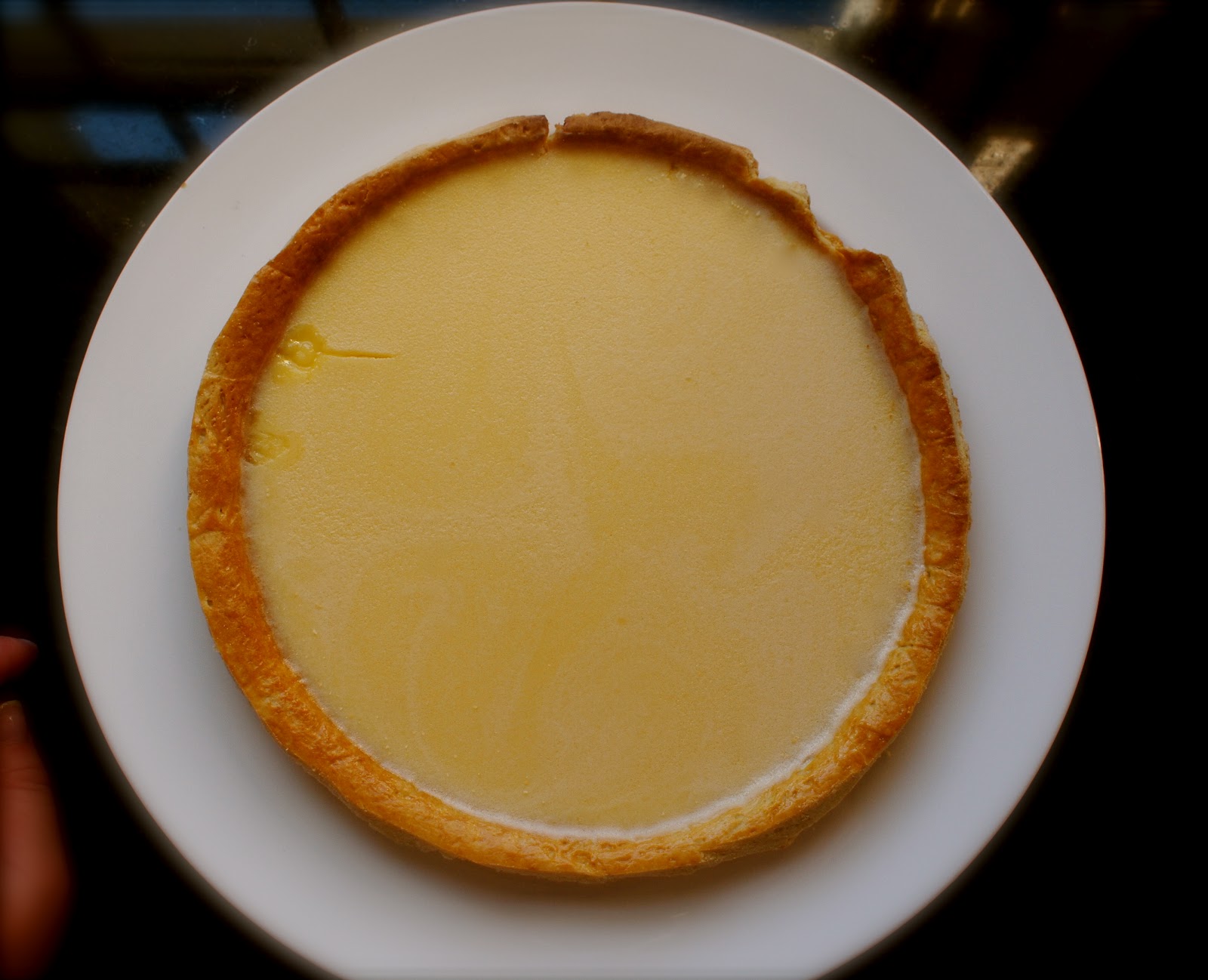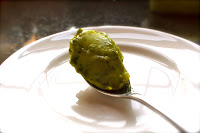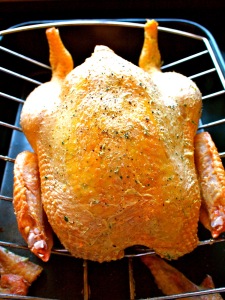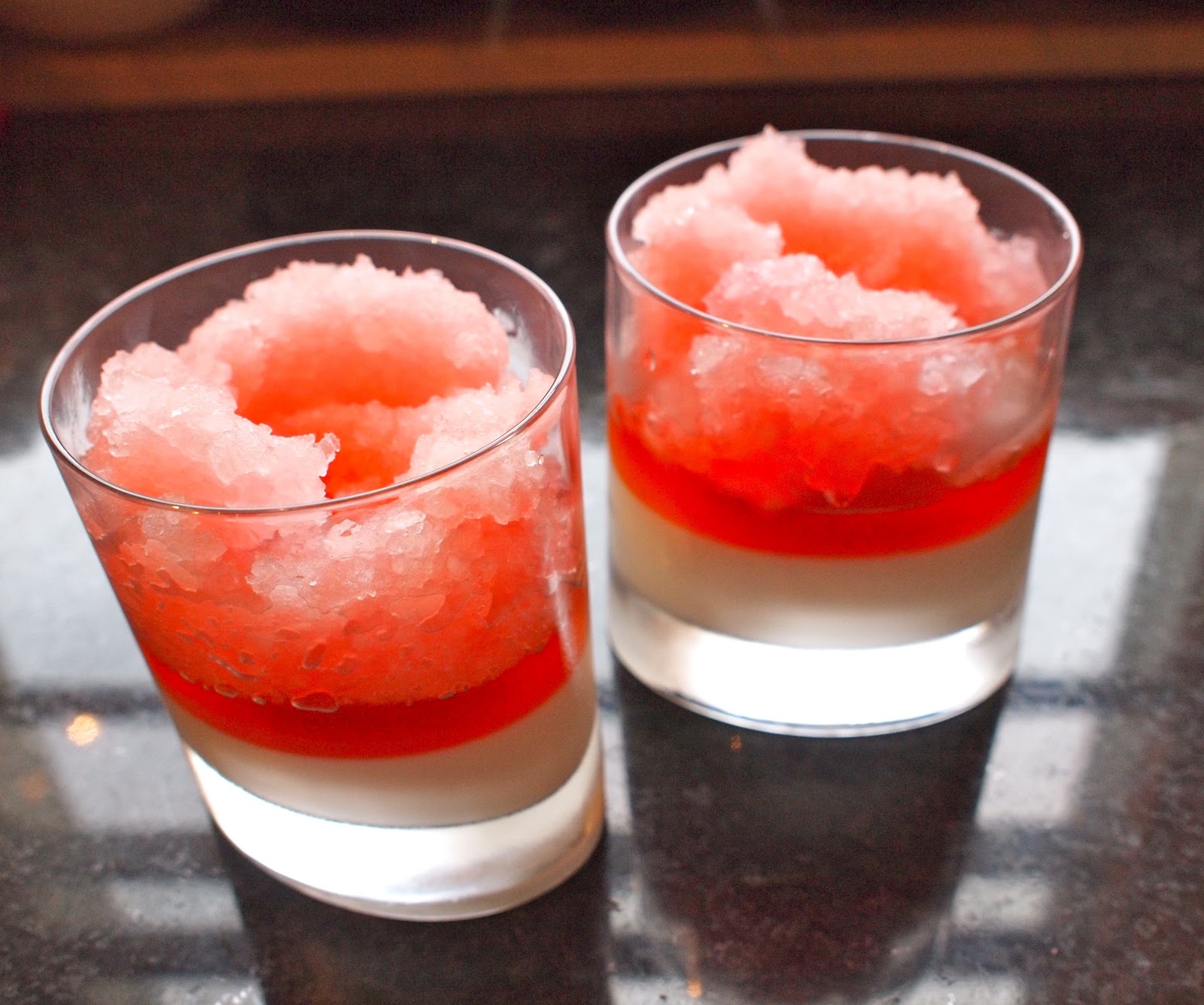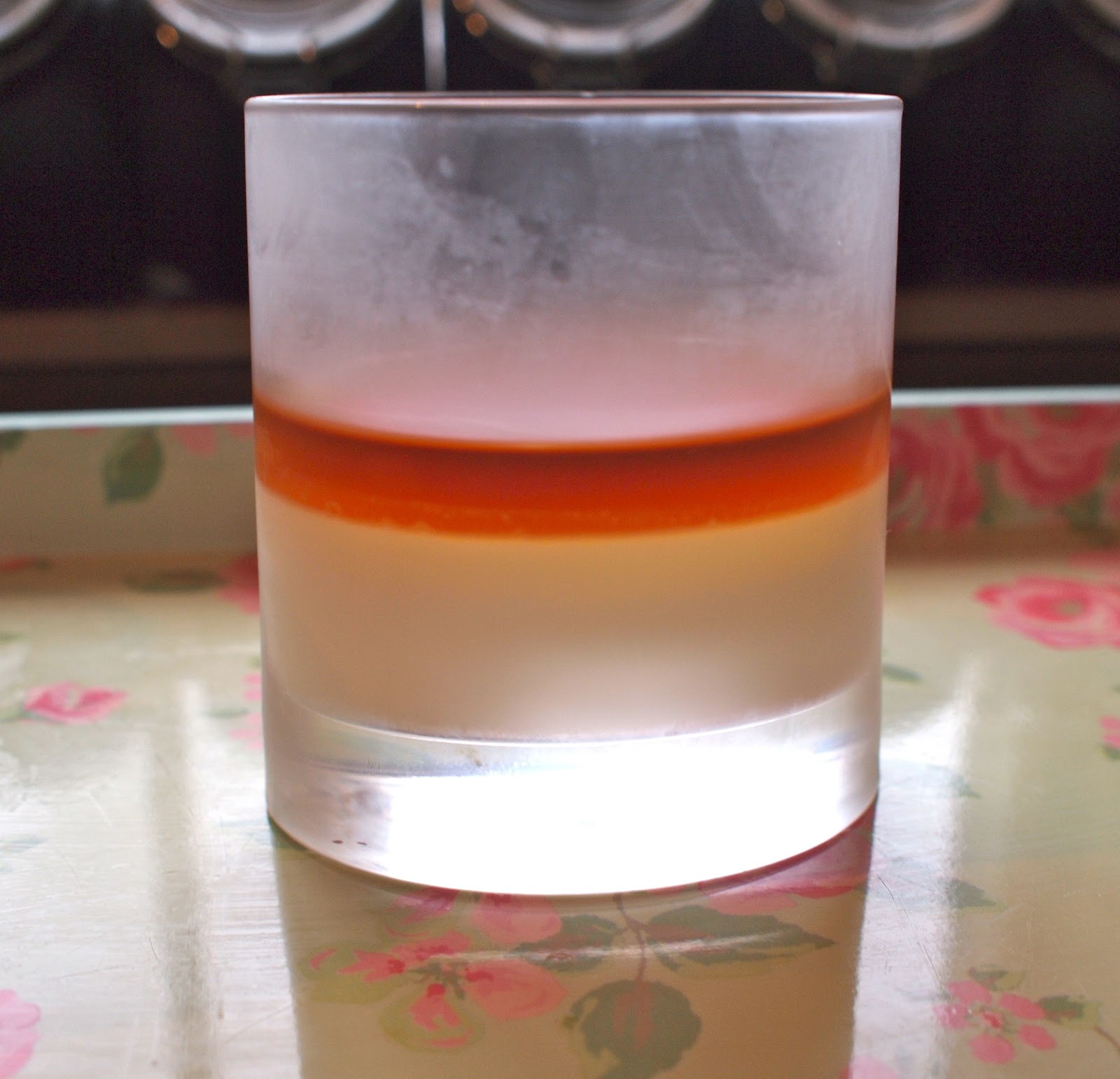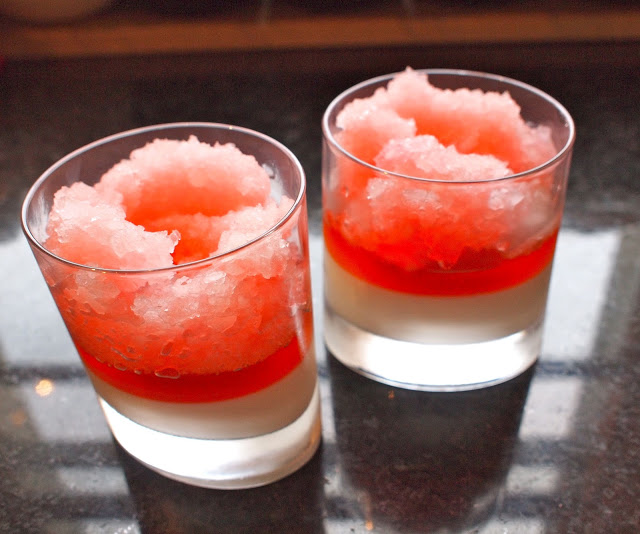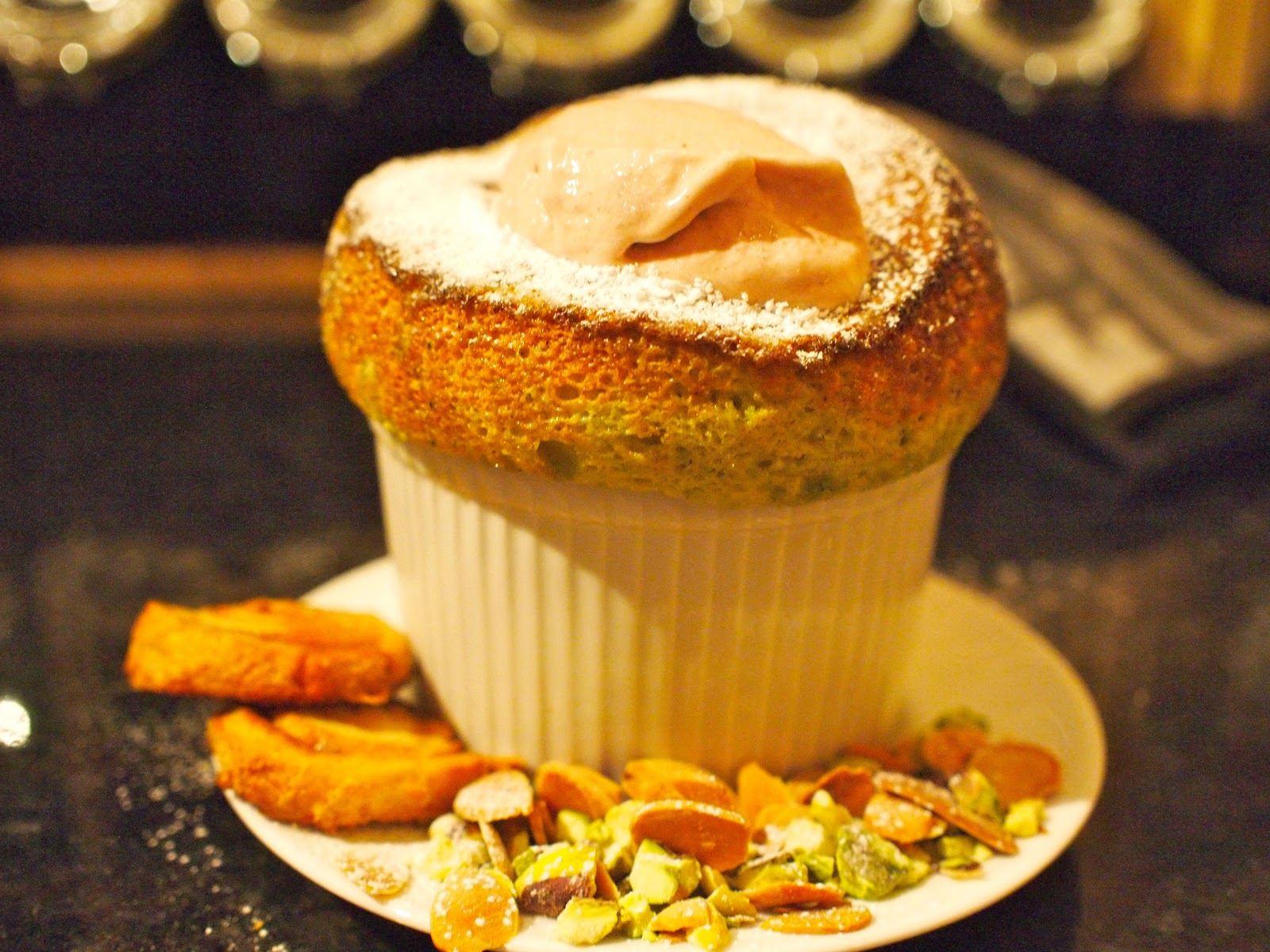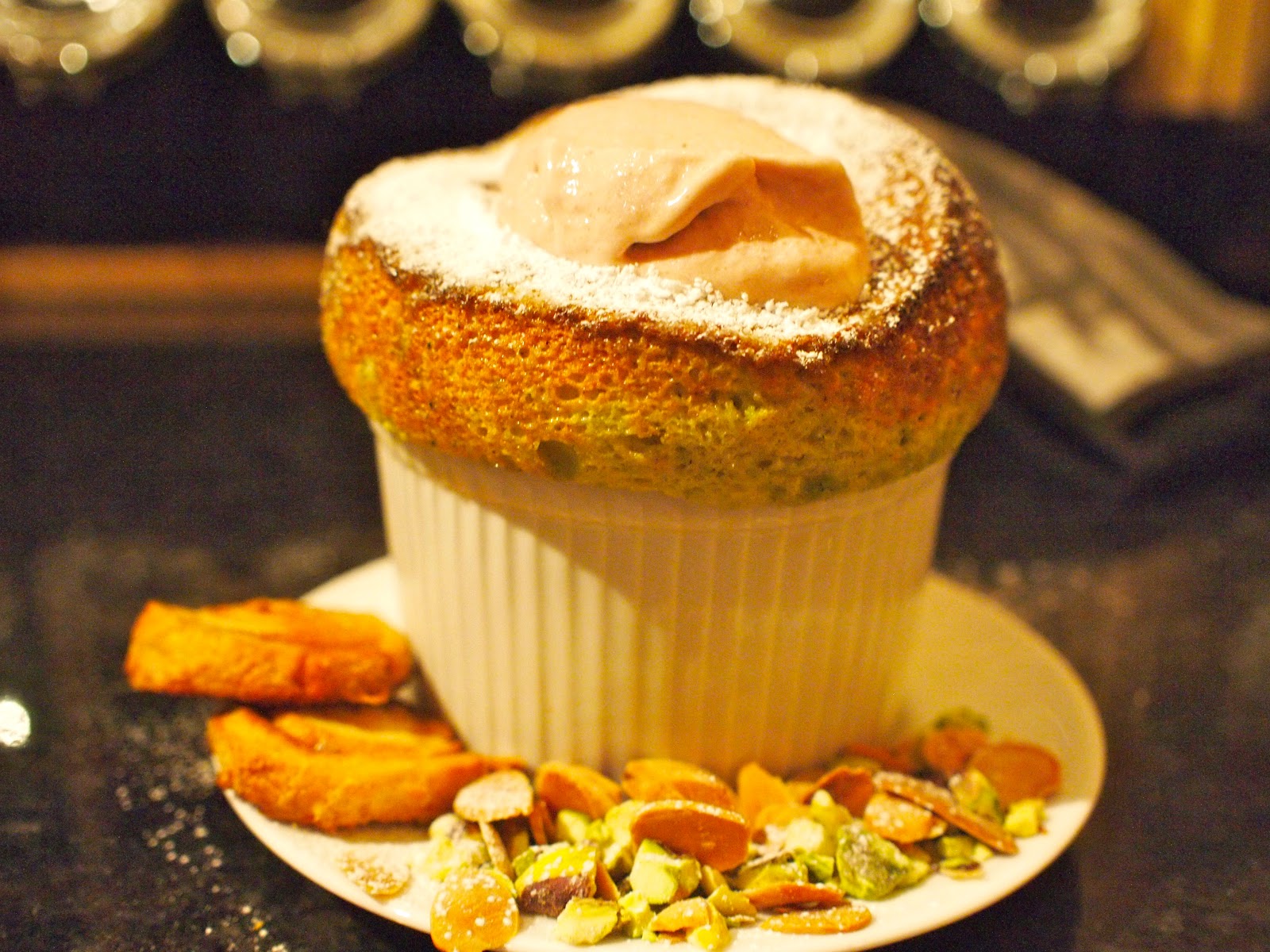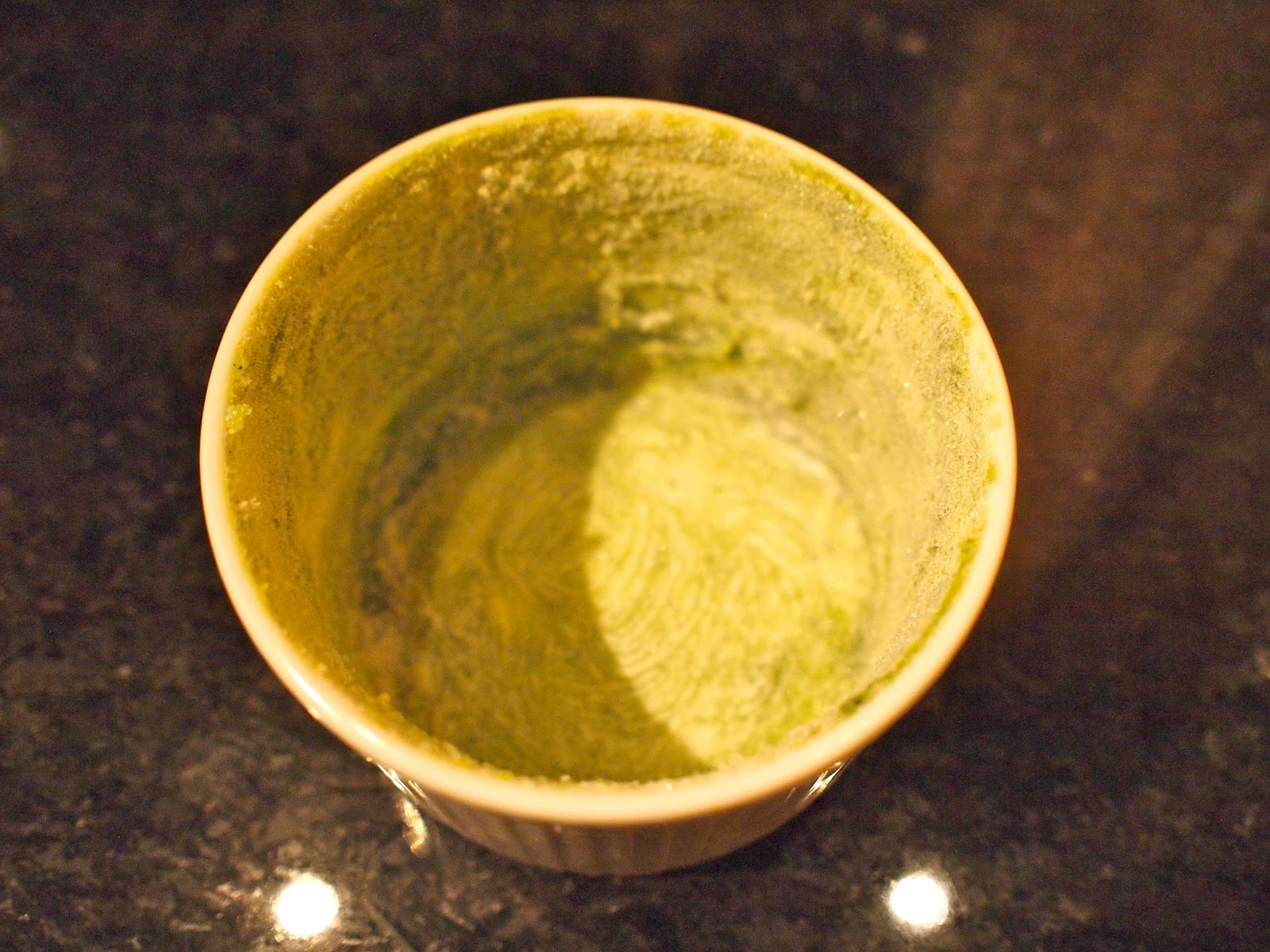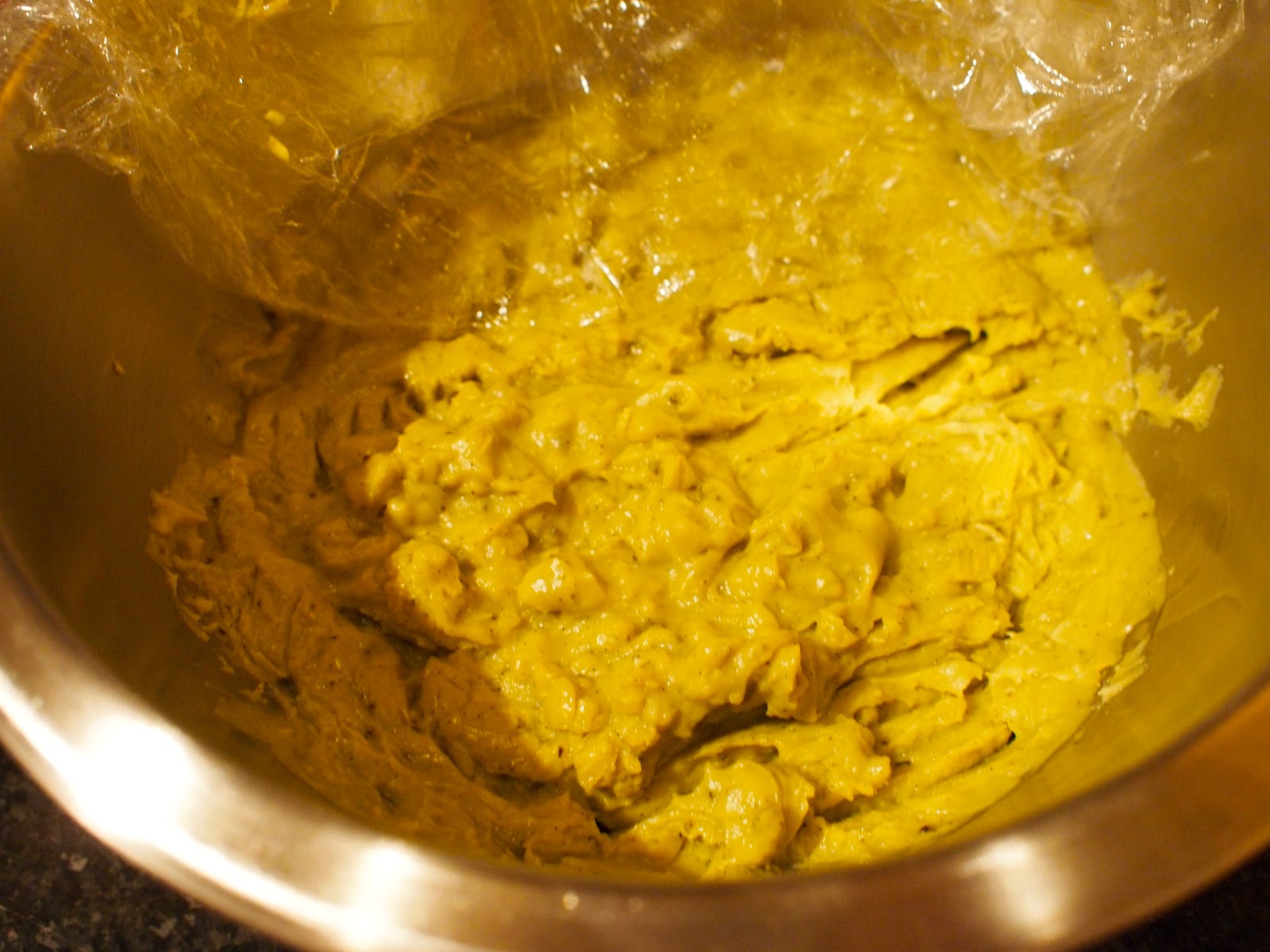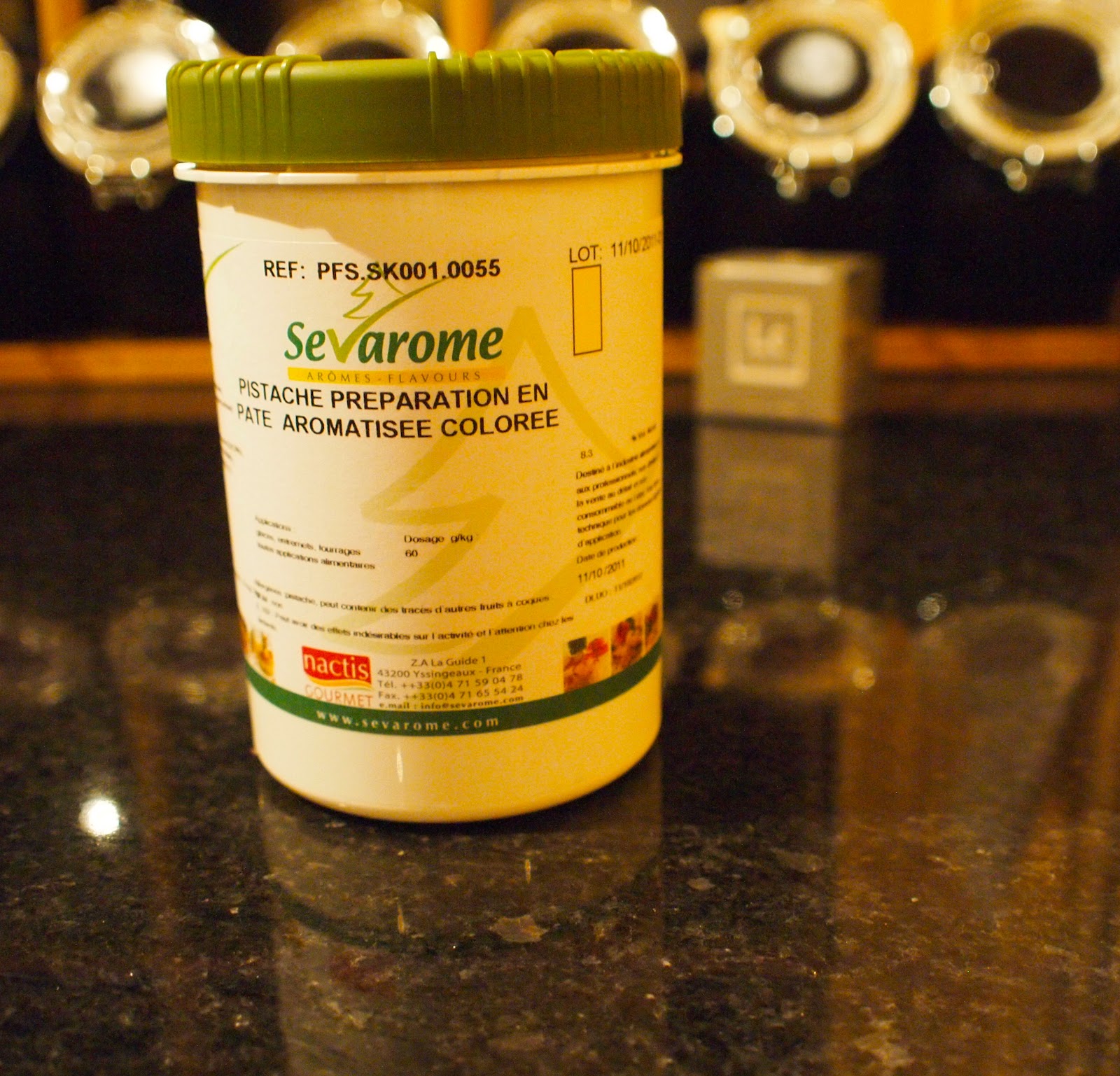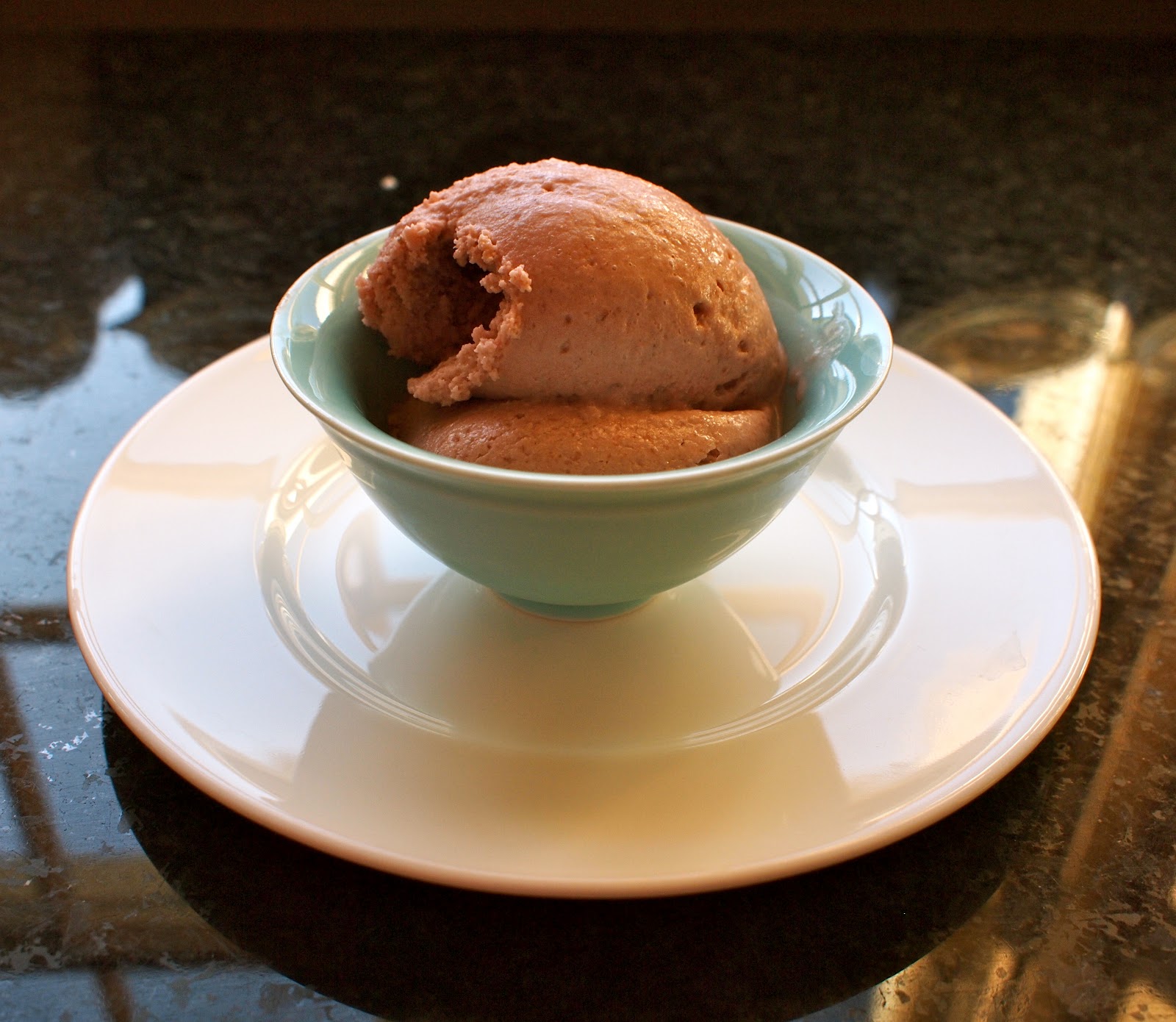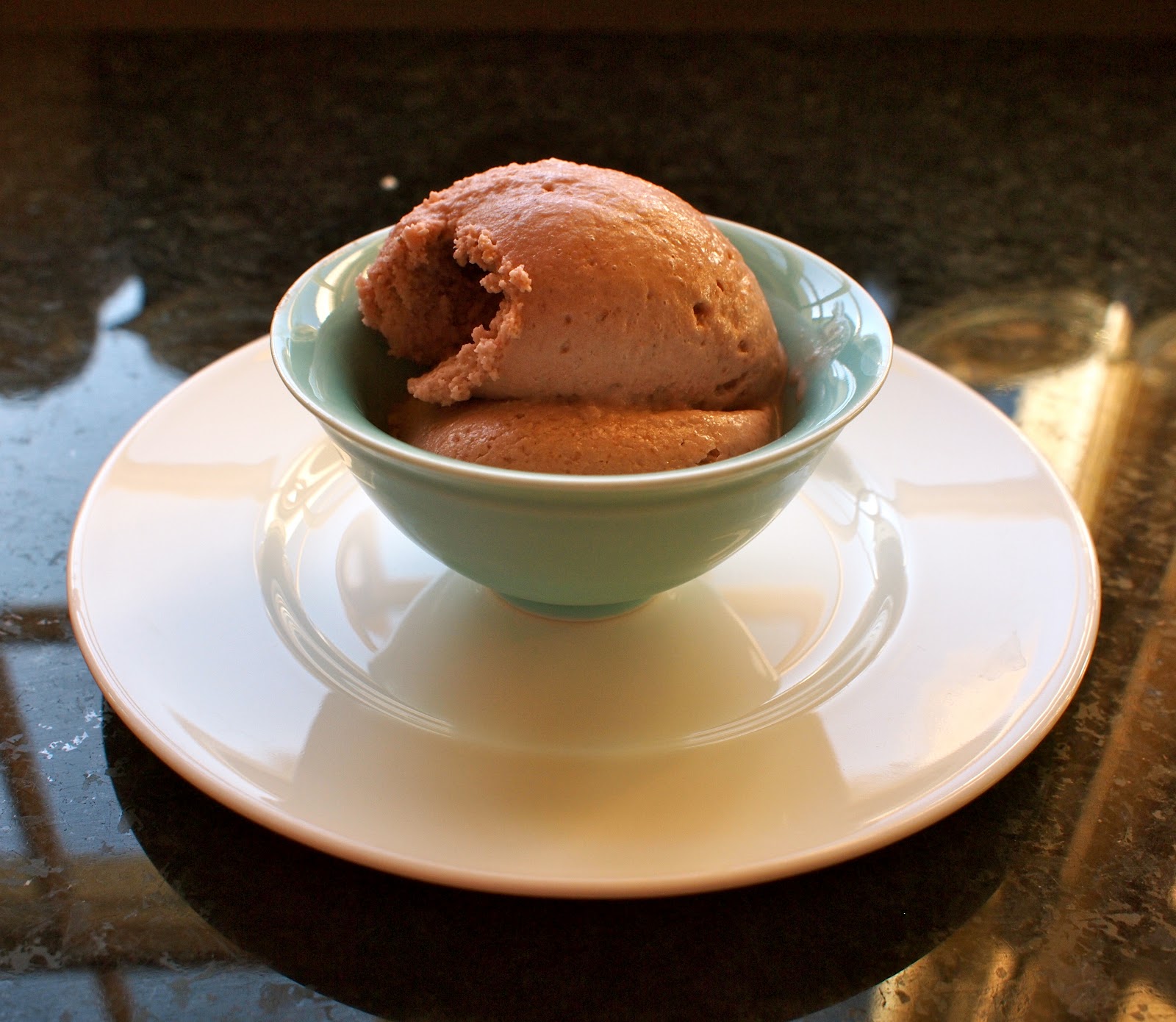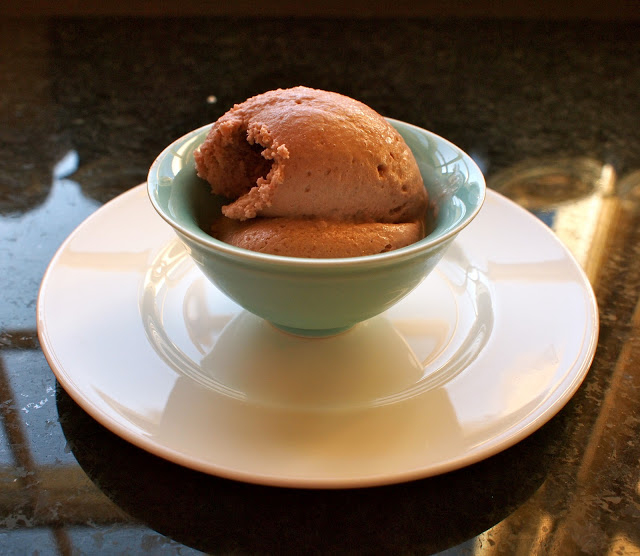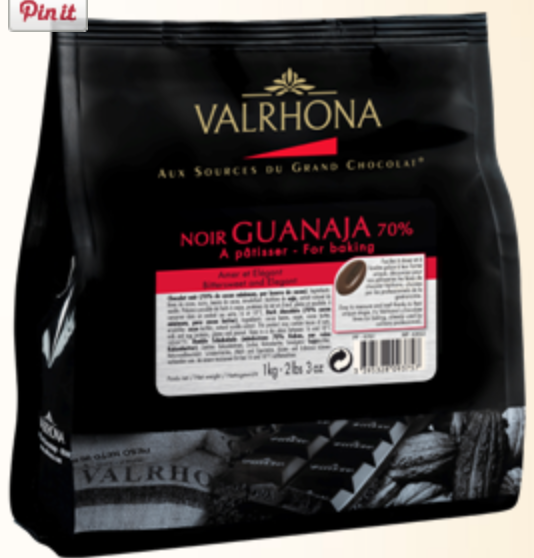I had lunch at the Harwood Arms recently, and arrived late :0) What a marvel – to arrive late and to be presented with a gorgeous Scotch egg within moments of being seated, and having spent nearly an hour in traffic to travel about four miles! It was delicious, spicy, well flavoured and with a soft gorgeous yolk in the centre – yummy!
The Harwood Arms is London’s only Michelin starred pub, and jolly good it is too. The pub is part owned by Mike Robinson of the PotKiln (we’d also had Mike’s venison at the Royal Berkshire Shooting School – excellent produce). Hubby wasn’t with me that day, which is a shame, as he’s much more into Scotch eggs than me – this made me determined to make him some. When I googled ‘venison Scotch egg recipes’ I was delighted to find Mike’s own recipe in The Field magazine!
Ingredients
8 medium hen’s eggs
150g (5oz) venison mince
300g (101⁄2oz) pork sausage meat
Salt and pepper
Herbs
200g (7oz) plain flour
100ml (31⁄2fl oz) milk
3 eggs, beaten
250g (9oz) coarse white breadcrumbs [I used Japanese panko breadcrumbs]
Makes 8 scotch eggs
Start by removing your eggs from the fridge at least an hour before cooking. Cooking from room temperature is the key to getting the yolks just so. Boil the eggs in water for five and a half minutes exactly. If you are at high altitude, this timing may change. Take the eggs out of the water and plunge into iced water to stop them cooking. When cool, peel them carefully and leave the peeled eggs in water. [I definitely overcooked my first batch of eggs, but I was using Clarence Court legbar eggs, which are perhaps a little smaller. On the second batch I cooked an extra egg, whipped it out and cracked it open before removing the others, to double check the state of the yolk. I also found it difficult to peel my eggs as they were so fresh, so I cracked the shells a little, leaving the eggs in the water for a few minutes. Once the cold water seeps around the egg, it’s a lots easier to peel them]
Prepare the sausage meat by mixing the venison and pork together. Season the mix with salt and pepper and any herbs you choose. Form the meat into balls the same size as the eggs.
 Flour the eggs. Squidge the balls of sausage meat into flat circles about 5in in diameter and encase each egg in a thin layer of meat. Mix the milk and beaten eggs together, then flour the enrobed eggs again and dip them in the mix before dunking the lot in breadcrumbs.
Flour the eggs. Squidge the balls of sausage meat into flat circles about 5in in diameter and encase each egg in a thin layer of meat. Mix the milk and beaten eggs together, then flour the enrobed eggs again and dip them in the mix before dunking the lot in breadcrumbs.
Repeat the process so the crumb armour is two layers thick. Deep fry the eggs in plain oil at 175°C/347°F for six minutes. They should be deep brown in colour but not burnt. Serve hot and whole with a sprinkling of sea salt on the top. [These timings and temperature worked perfectly for my eggs – the yolk was still runny, but they were definitely warm and heated through]
Do give them a go, they were yummy.
 |
| Homemade Scotch eggs… |
 |
| Homemade Scotch eggs… |
